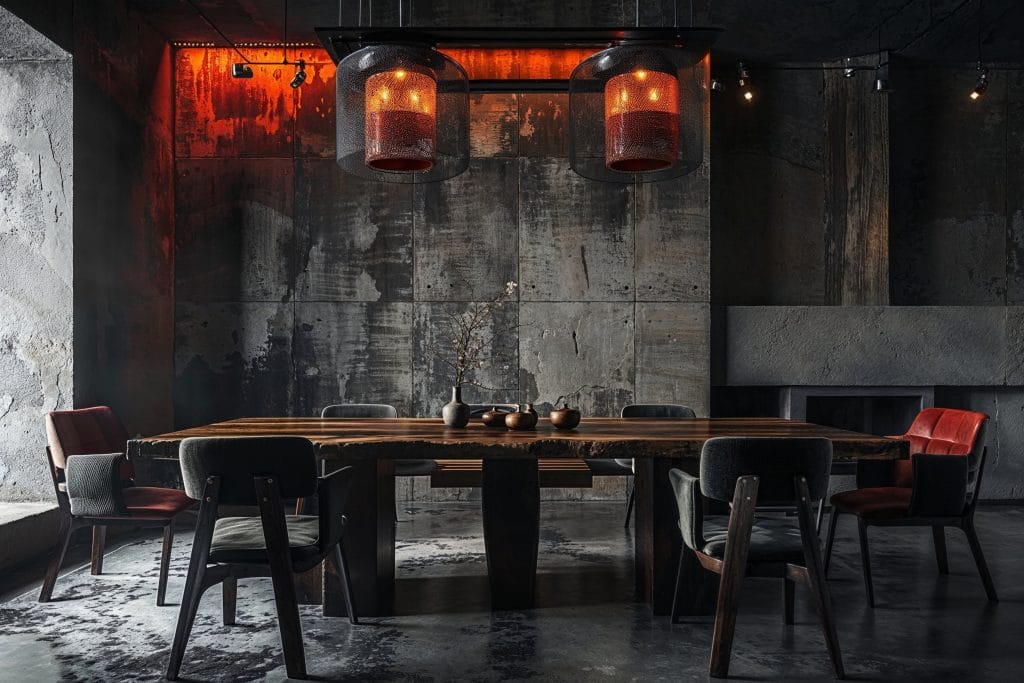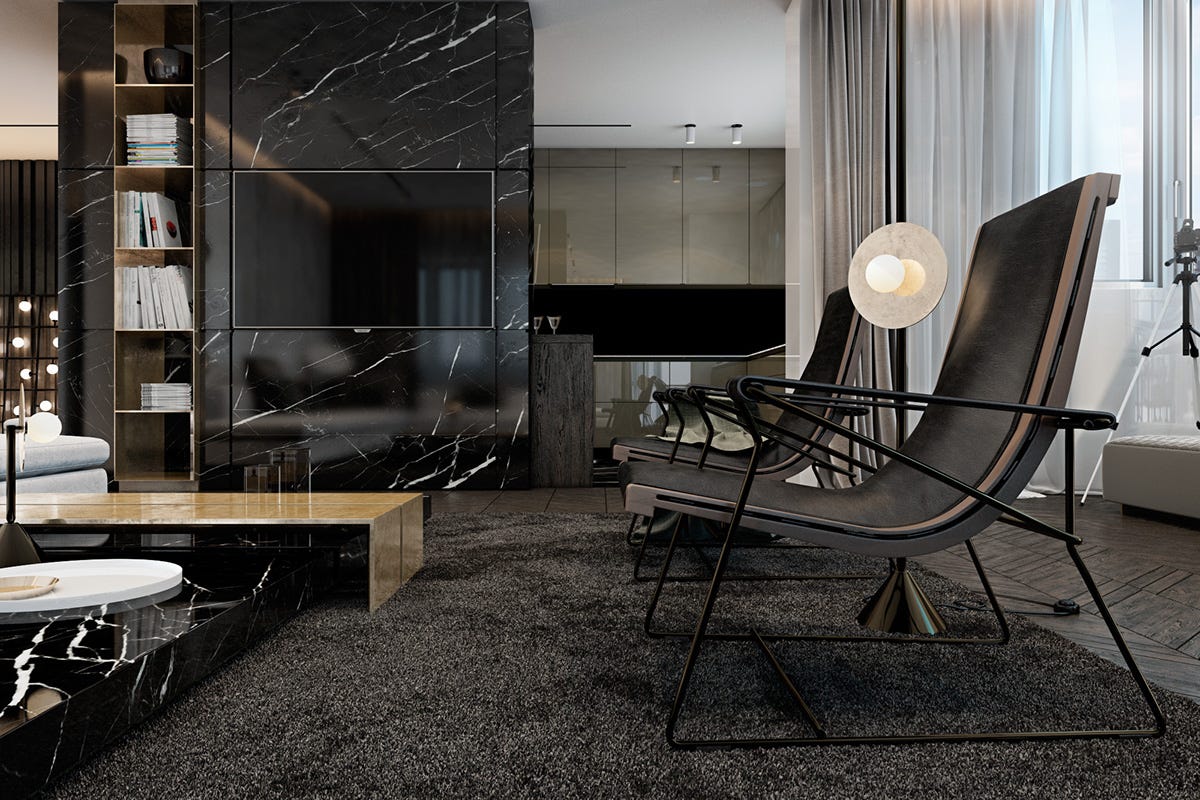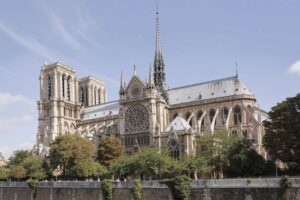Introduction: The Poured Concrete Paradox
Brutalism is one of the most controversial forms in the history of architecture. It was long thought of as cold, austere, and institutional because of its huge size and the use of exposed, raw concrete, or béton brut. For decades, architecture reviewers liked to dislike this style, which was commonly linked to urban deterioration after World War II instead of high-end design.
But something important has changed.
That rough concrete used to be a sign of privation, but now it’s a sign of grounded luxury. Warm Brutalism is a new, powerful movement that is taking over high-end residential and boutique hotel architecture. This design keeps the raw, honest, and sculptural look of the original, but it softens the hard edges with layers of texture, warm colors, and high-end, custom-made work. It is the best cure for sterile, cookie-cutter minimalism, a design style where concrete has taken the place of velvet.
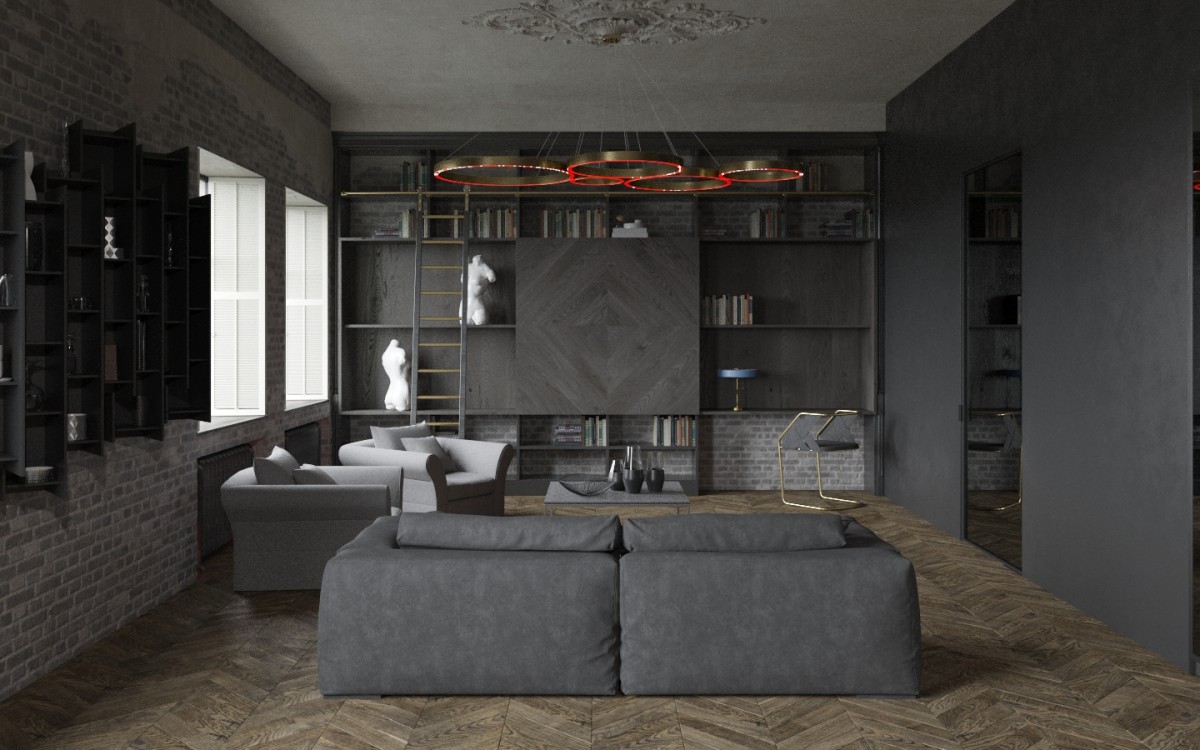
Brutal style in the interior
The Cold Past: A Story of Brutal Truth
To understand why Warm is so appealing we need to go back to the beginning of brutalism for a moment.
Brutalism started in the 1950s and was highly influenced by Le Corbusier’s architecture and his post-war housing projects, such as the Unité d’Habitation. The movement was based on a notion of honesty, which included using materials in their most basic and direct forms. It was commonly used for public buildings, universities, and social housing projects, and it represented a utopian, collectivist ideal following World War II.
The main idea was that function was more important than form, so the structure, materials, and services were all clearly shown. We chose concrete because it lasts a long time, is easy to get, and is cheap.
But the look swiftly went out of style. The structures were often too big for the historical cityscapes, and the unprotected bare concrete started to discolor and age badly, making people think the buildings were unfriendly, aggressive, and dystopian. Designers had to get past this historical baggage in order to make the material look like luxury.
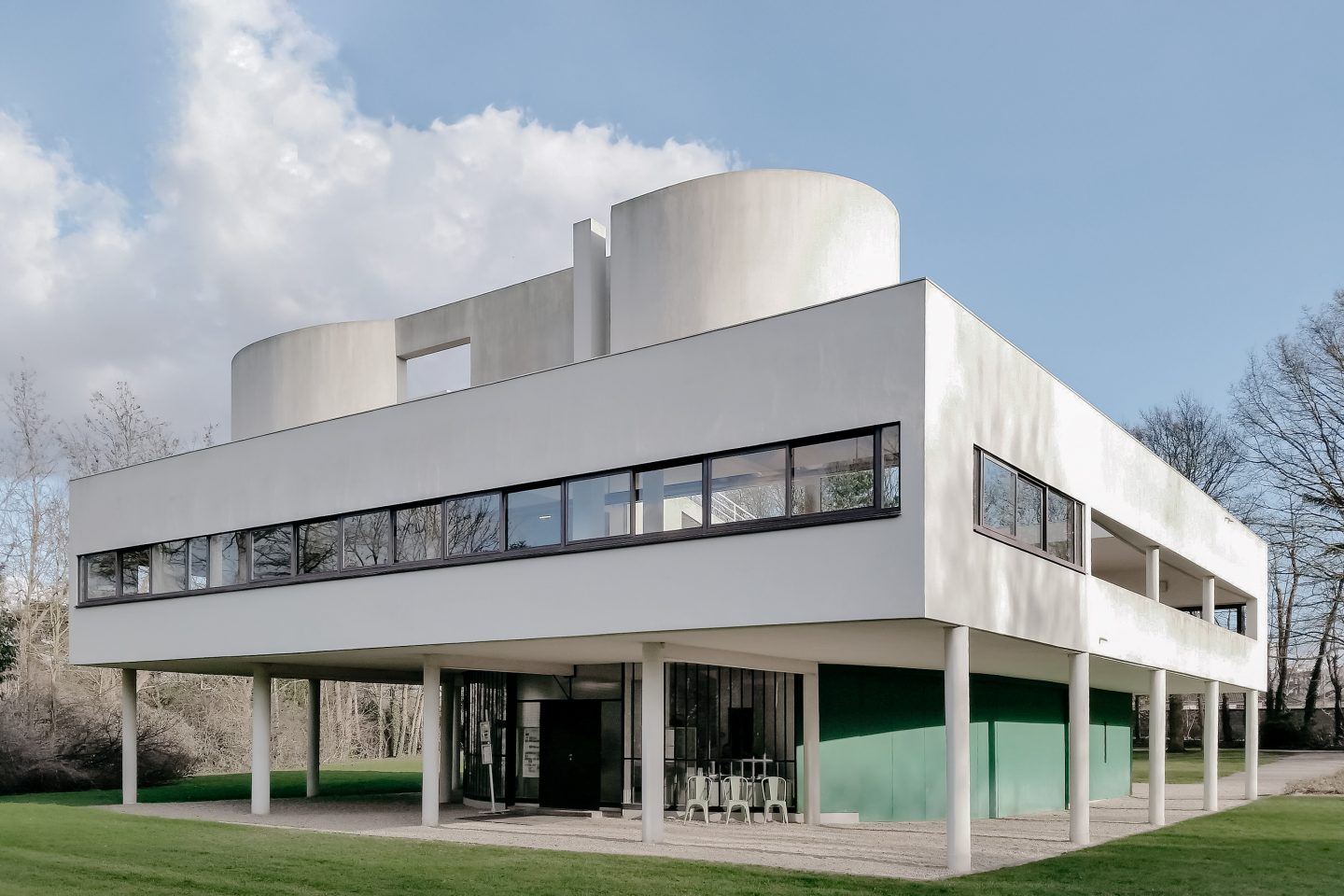
Le Corbusier, Villa Savoye, 1928.
Source: Ignant
The Soft Revolution: What is Warm Brutalism?
Warm Brutalism, often called Organic Brutalism or Soft Brutalism, is a smart way for this controversial style to grow. It keeps the main philosophical idea—the appreciation of raw materiality—but adds three important parts: texture, color, and contrast.
Things That Make You Comfortable by Contrasting
The answer to getting warmth is not to hide the concrete, but to put things around it that make its texture better by being different.
The typical béton brut, which often shows the marks left by the wooden formwork used during the pour, becomes the neutral canvas. Designers use natural, high-contact materials against this rough background:
- Warm Wood: Ceilings, floors, and custom cabinets are made from reclaimed wood, rich walnut, or light oak. These materials provide an immediate contrast to the chilly surface of the concrete.
- Layered Textiles: Upholstery and throws made of soft, luxurious materials like bouclé, rich wool, linen, and plush velvet soften the severe angles of the building.
- Natural Stone: Marble, travertine, and rough-hewn limestone are typically used in floors or furniture. They keep the feeling of permanence while adding natural variation and complexity.
Brutal inderior design/medium.com
The Color Palette: Tints of Concrete and Earthy Tones
Brutalism in the past was only gray and black. Warm Brutalism adds earthy, tonal colors to this palette.
Warm pigments can be added to the concrete itself, changing its color from a chilly blue-gray to a warmer taupe, mushroom, or ivory color. This makes it possible to have a more complex, deeper monochromatic palette. Accent colors that come from nature, such rich terracotta, sage green, and mellow ochre, are typically utilized in furniture or art that is put in certain places to bring vitality without disturbing the calmness of the room.

Brutal inderior design/medium.com
Concrete as Canvas: The Psychology of Grounded Luxury
Why are high-end clientele gravitating to a style that used to be seen as ugly? Warm Brutalism is very appealing on a psychological level because it gives people a sense of stability and authenticity that modern life frequently lacks.
Lasting in a World That Changes Quickly
Exposed concrete speaks to longevity in a time where trends come and go and things are made in large quantities. It is a weighty, tactile material that feels real. Concrete is the structure, not like drywall or veneer, which hides it. People see this unapologetic display of material reality as a sign of custom quality and architectural conviction.
The intentional use of béton brut, which shows the flaws in the pour, the seams in the formwork, and the aggregate, fits nicely with ideas like the Japanese aesthetic of Wabi-Sabi, which finds beauty in things that aren’t flawless and don’t last. This mix makes a place that is classy but not at all showy.
Sculptural Shapes and the Drama of Light
Warm Brutalism sees the things inside as sculptures, not just things.
The architecture is so huge that the furniture is just as bold: sofas and tables have big, blocky shapes, while built-in seats and staircases have hefty, geometric shapes. Each piece is a work of art that serves a purpose.
Lighting is very important for creating drama. Designers utilize warm, ambient lighting and uplights or sculptural pendants placed in the right places to bring out the texture of the concrete. The way light hits the rough surface and makes deep, planned shadows makes the inside look better. Each wall becomes a moving element that changes throughout the day. This play with light and shadow is probably the most important part of its rich look.
Global Case Studies: The New Brutalist Landmarks
This trend is not just happening in homes; it is also shaping a new generation of upscale hotels and businesses around the world. These examples show that this style can be used in a lot of different ways and looks great.
The idea is flexible, as seen by boutique hotels in places like Oaxaca, Mexico, and high-rise apartments in cities around the world. In some cases, the architects use the Brutalist shell as a base against lush, tropical settings or lively city scenes. They get ideas from the area around them. In the interiors, clean concrete walls might be combined with handmade pieces from local artists and natural stones from the area to make a space that feels both raw, global, and very much at home in its setting.
Even the adaptive reuse of real Brutalist buildings from the past is following this “warming” rule. The old institutional buildings are being turned into spacious offices and high-end residential towers. The existing concrete is cleaned, conserved, and then covered with the soft, modern materials that are characteristic of the Warm Brutalist trend.
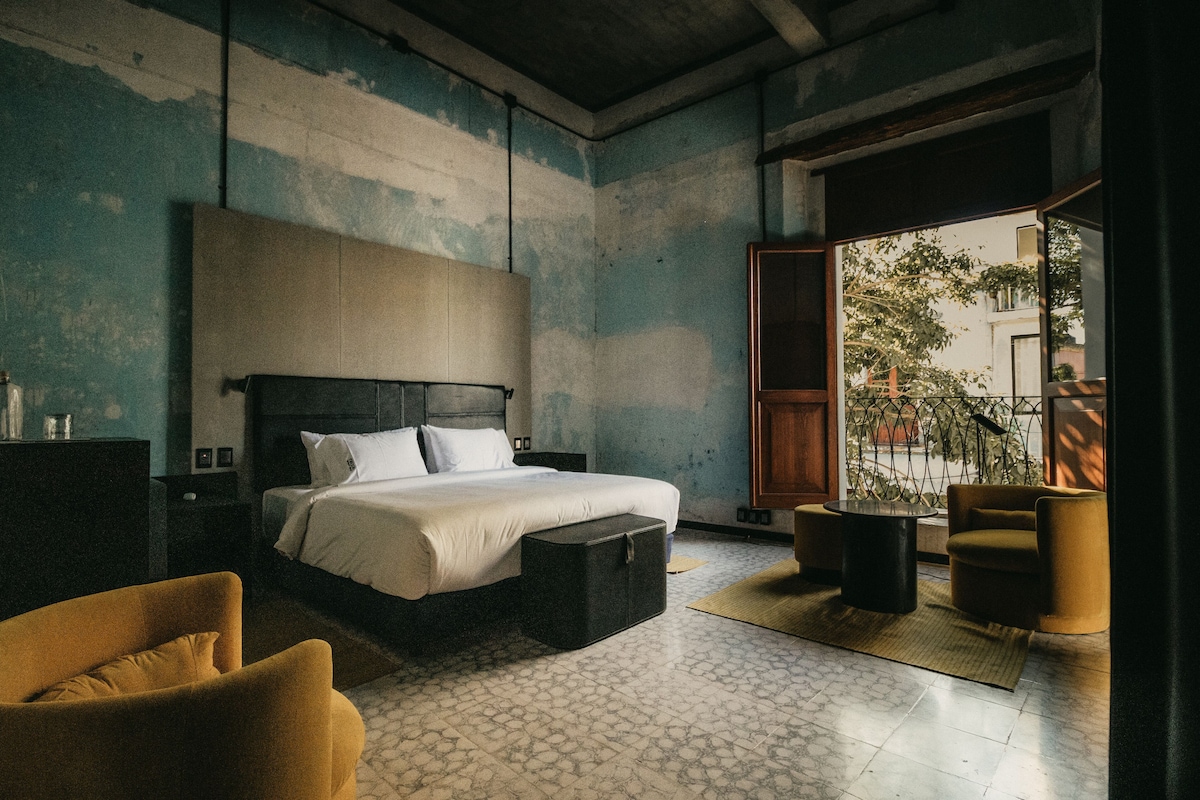
Final Thoughts: A Lasting Design Statement
Warm Brutalism is not just a passing trend; it is a mature architectural answer to modern needs for authenticity, durability, and soul in design. It takes concrete, which is the most problematic material in contemporary history, and via careful softening and contrast, it turns it into the clear benchmark of maximum luxury.
This style creates a deep tactile neutrality by combining the honest look of béton brut with the rich textures of wood, natural stone, and soft materials. It makes places that are both spectacular and quite soothing at the same time. In 2025, architects and interior designers will have a clear goal: to master the contrast, enjoy the raw, and turn the stark concrete canvas into a powerful statement of polished, lasting beauty.
Reference:
‘Brutalist Interiors’: an insider’s look at the concrete revolution – The Spaces
The Rise Of Brutalism: Interiors, History & Inspiration
For more blogs like this CLICK HERE!!

